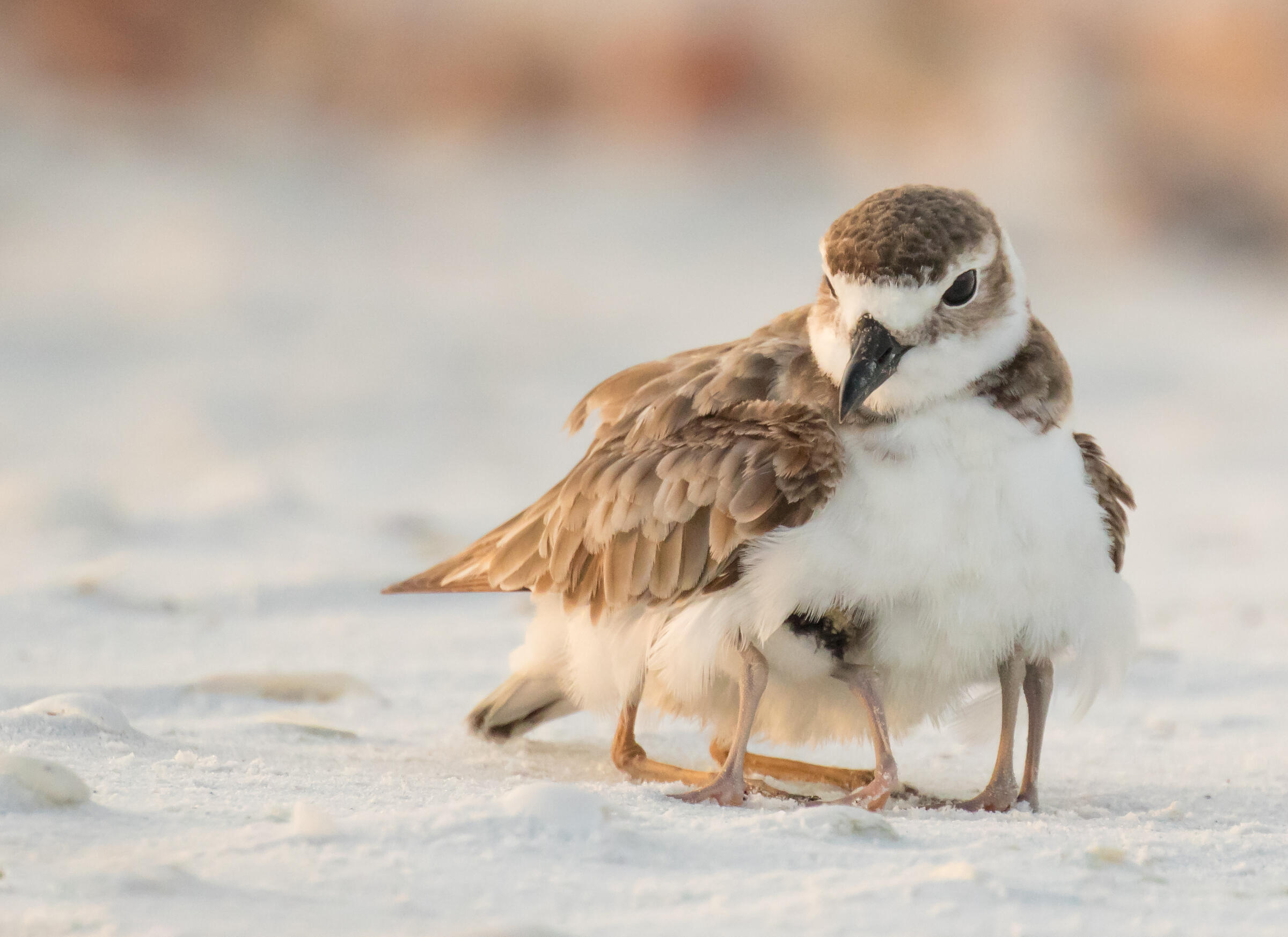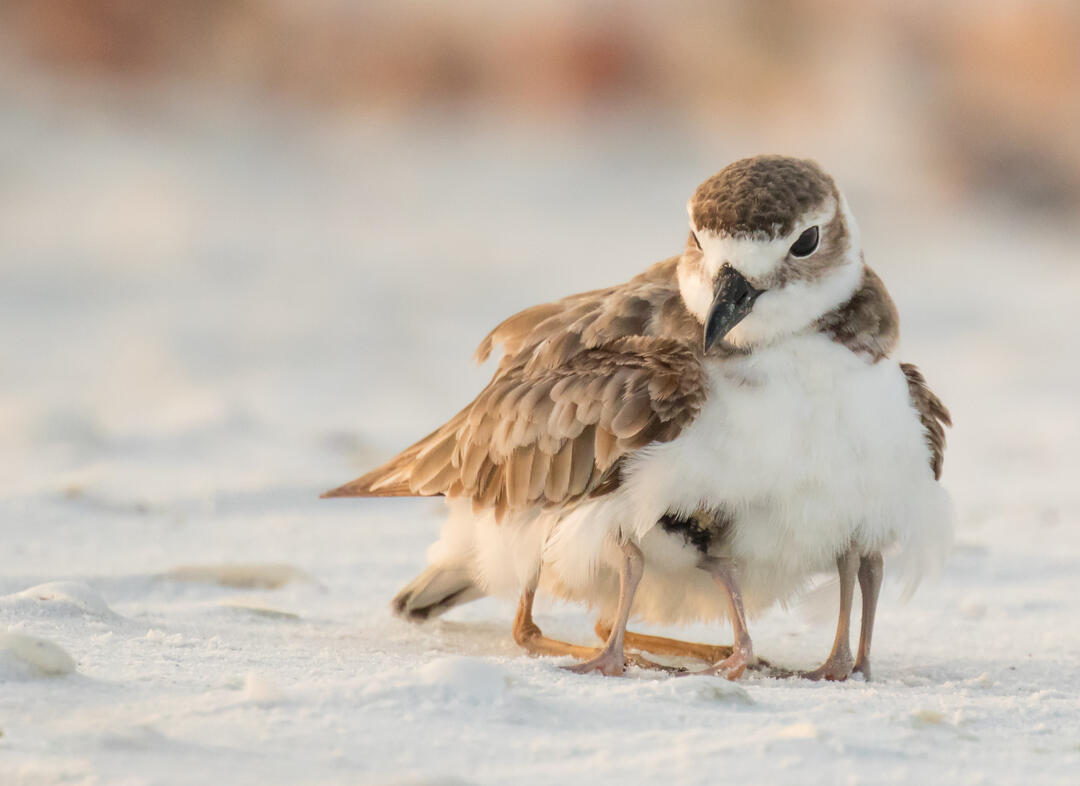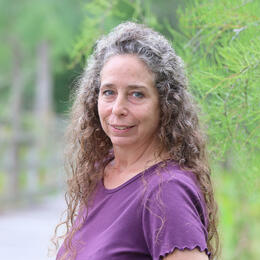Beach-nesting and other coastal birds have begun laying eggs along Florida's coasts. Spring and summer mark critical times of year for these vulnerable species, as they must avoid human disturbance, storms, and predators to successfully raise their chicks.
While wading birds nest in coastal trees, sea and shorebirds lay their eggs right on the sand. They all perceive people as a threat and will take flight whenever beachgoers, or their dogs, approach too closely. Repeated human disturbance often results in birds abandoning the colony. If they can’t find a better location, their nesting season is wasted.
“In Collier County, about 30% of the nests we had along the Cape Romano route were overwashed by high spring tides last week,” said Rochelle Streker, Audubon’s Southwest Florida Shorebird Program Manager. “Least Terns are renesting there as well as on Second Chance Critical Wildlife Area and at Dickman’s point/Kice Shoals,” she added. The sandbar at Second Chance Critical Wildlife Area is now closed to access for the summer nesting season.
"The Second Chance sandbar at Cape Romano Shoals is one of the best places for these birds to nest, as long as they remain undisturbed,” says Rochelle Streker, Audubon’s Southwest Florida Shorebird Manager. “Patrols by Team OCEAN, FWC, and local law enforcement are helping us educate boaters who don’t know the rules,” she added.
Eggs have started hatching in Lee County, as well, including at Little Estero Island and San Carlos beach.
“With Wilson’s Plovers chicks, we want to remind people that these chicks can run around within hours of hatching, so be sure to keep an eye out for little chicks running around the beach,” Streker added.
Always allow the family unit to stay together (do not separate chicks from their adults) and be sure to keep pets on leash (if they are even allowed on your beach) as these little chicks are easily scared and chased by pets. These birds nest directly on the sand and shell shoreline, and are extremely vulnerable to human disturbance. It is important for boaters to heed signage and avoid areas posted as "no trespassing," even if they don't notice any birds.
Audubon staff worked with a team of dedicated volunteers to install several miles of string, flagging, and informational signs in these areas.
How to help beach-nesting birds raise their next generation of chicks to adulthood:
• Respect posted areas, even if you don’t see any birds inside.
• If birds dive-bomb you, carefully move away as there may be a nest nearby.
• Ensure no trash or food remnants are left behind, as this can attract predators.
• Keep dogs on a leash (if they are allowed on the beach at all), on board your boat, or at home.
Harassment or take of endangered or threatened birds, their eggs, or young is a violation of the State Law, Chapter 68A-27 F.A.C., and may subject violators to criminal penalties. The attempt to take or possess any migratory bird, their nest, or eggs is a violation of Federal Law, 16 USC Sec. 703.
Audubon Florida protects birds and the places they need, today and tomorrow. Audubon works throughout the Americas using science, advocacy, education, and on-the-ground conservation. State programs, nature centers, chapters, and partners give Audubon an unparalleled wingspan that reaches millions of people each year to inform, inspire, and unite diverse communities in conservation action. A nonprofit conservation organization since 1900, Audubon believes in a world in which people and wildlife thrive.









